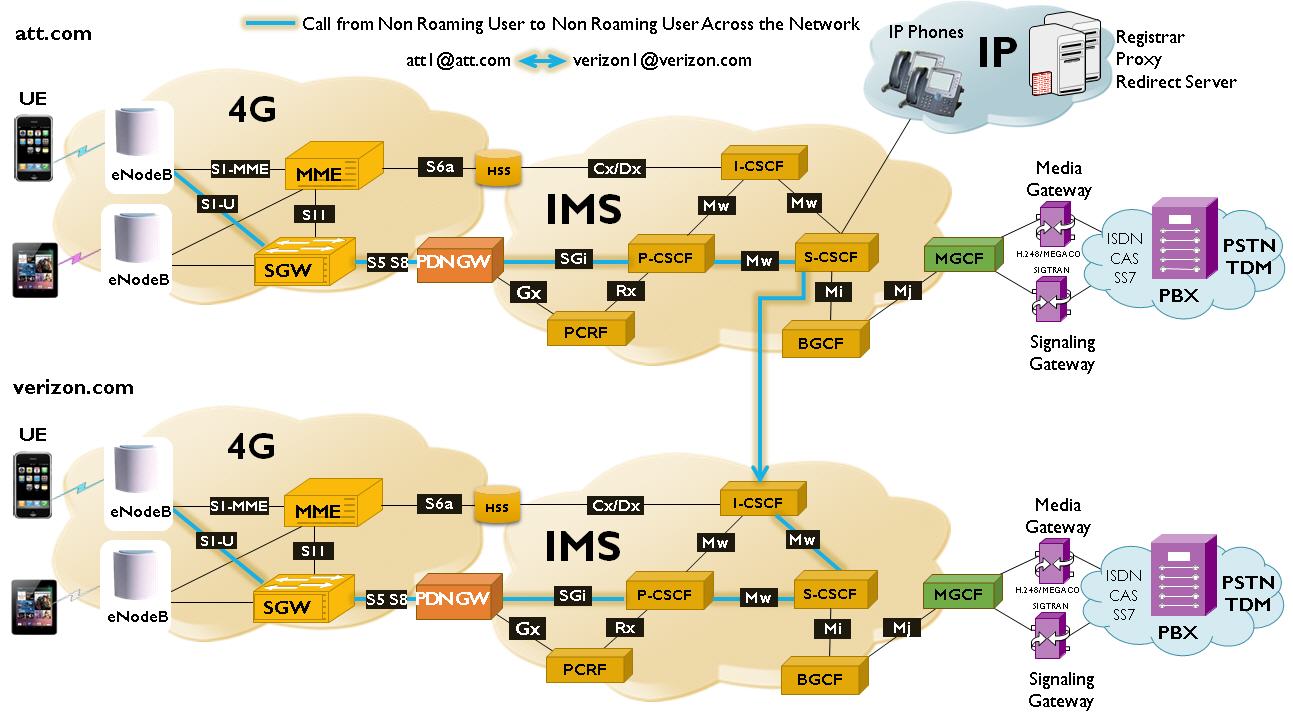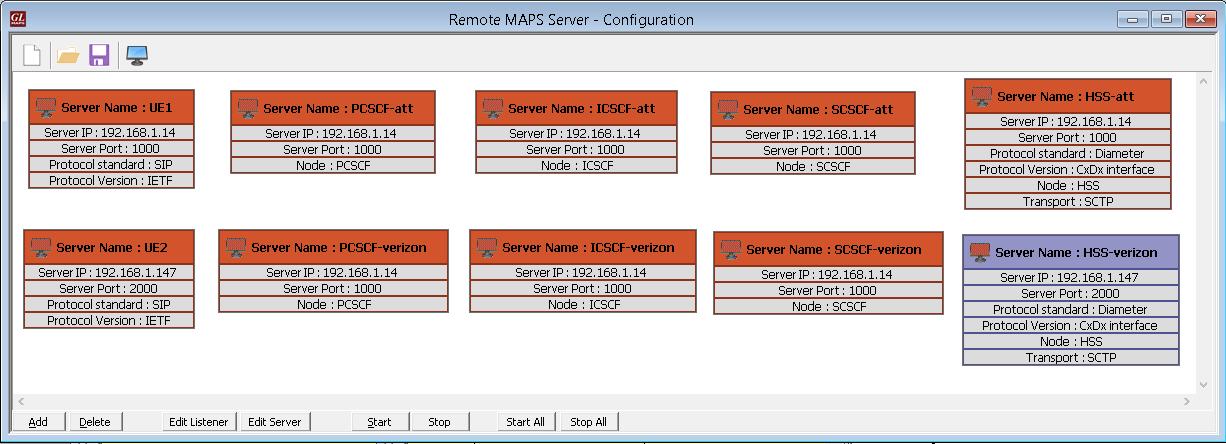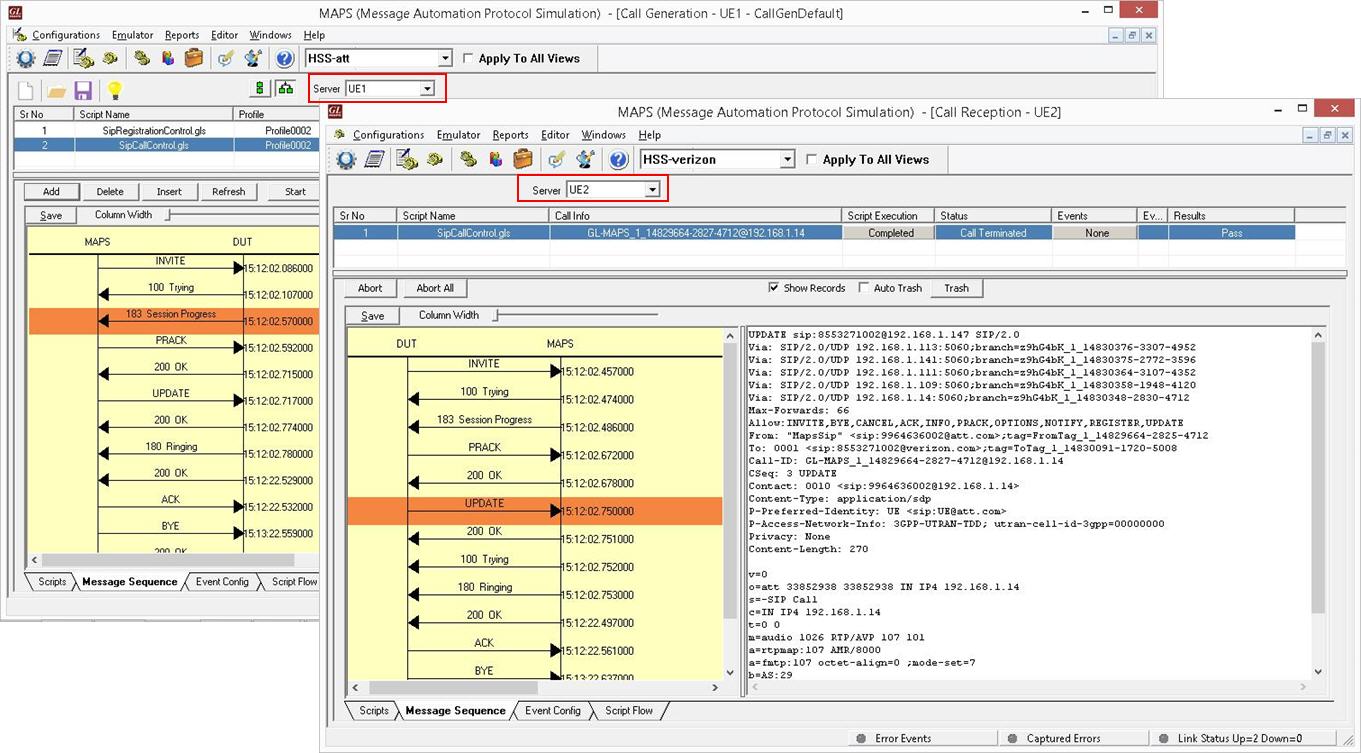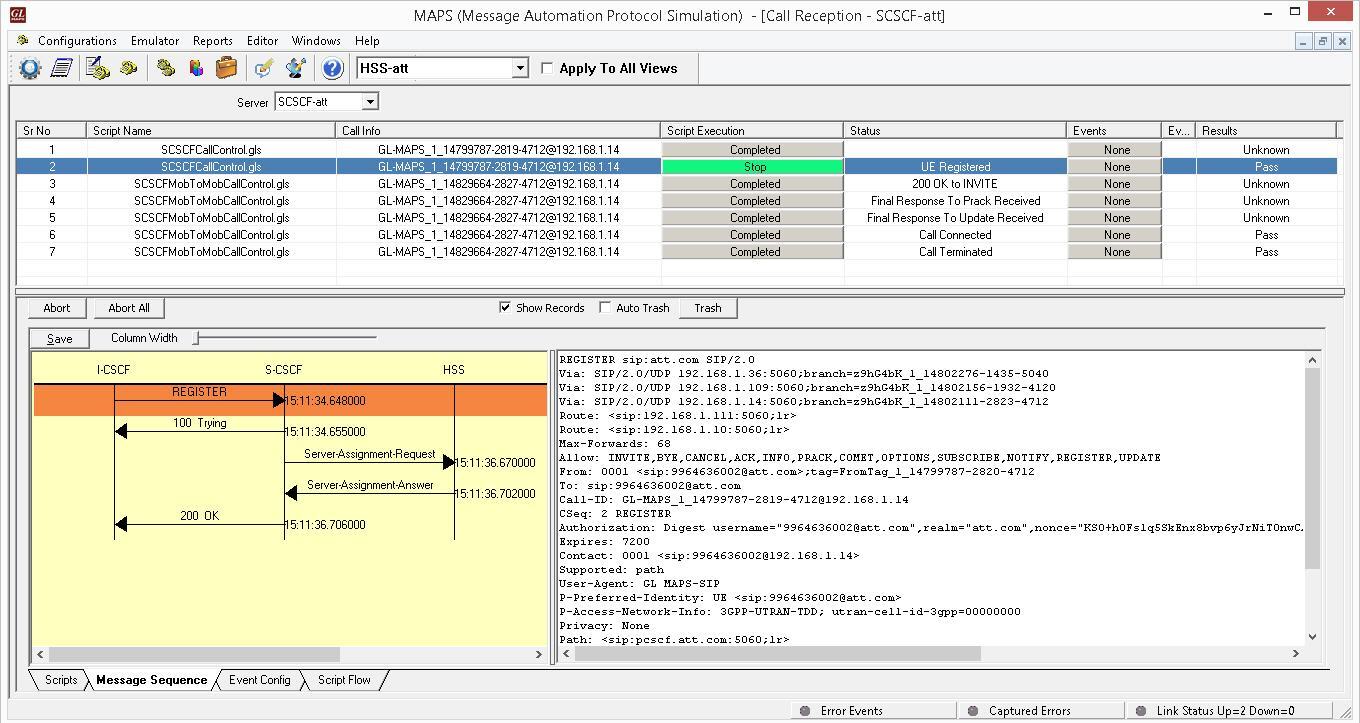GL Announces IMS Network Simulation Test Suite
Welcome to another August 2015 issue of GL's Newsletter providing information and insight into our latest product IP Multimedia Subsystem Network Simulation referred to as MAPS™ SIP IMS test suite.

Overview
Internet Protocol (IP) Multimedia Subsystem, popularly known as "IMS", is built on Session Initiation Protocol (SIP) as the base to further support packaging of voice, video, data, fixed, and mobile services on a single platform to end users. It provides a unique convergence platform for different types of networks - whether it is mobile, satellite, broadband, cable, and fixed networks, with a goal of building an efficient interoperating networks.
GL's MAPS™ SIP IMS test suite provides an advanced full-fledged network environment that enables user to test their applications, devices, and services prior to deployment on a real-time network. It can be used to simulate all or specific elements within IMS network infrastructure using simple ready-to-use test bed setups. The network architecture shown above outlines the IMS Core Network elements which can be simulated using GL's MAPS™ SIP IMS test suite.
MAPS™ SIP IMS test suite is capable of simulating multiple UEs and IMS core elements such as P-CSCF, I-CSCF, S-CSCF, PCRF, MGCF. With the help of mobile phones, and other simulated wireless networks, the VoLTE Lab setup can be operated in real-time for making VoLTE calls and also for interworking with PSTN and VoIP networks. It includes ready-to-use scripts, as per IETF specification. Test scripts include general messaging and call flow scenarios for multimedia call session setup and control over IP networks. Logging and pass/fail results are also reported. Test cases verify conformance of actions such as registration, call control, proxies and other servers.
The application gives the users the unlimited ability to edit protocol specific messages and control scenarios (message sequences). "Message sequences" are generated through scripts. "Messages" are created using message templates.
GL also provides an All-IP Packet Analyzer - PacketScan™ for real-time capture, decode, and monitoring of the SIP signaling and RTP media on live IMS networks.
Important Features
- Simulates P-CSCF, I-CSCF, S-CSCF, PCRF, HSS, BGCF, MGCF elements in LTE IMS network supporting Cx/Dx, Rx, Gx, Gm, Mw, SGi, Mi, and Mj interfaces
- Simulate multiple UEs
- Supports both signaling and traffic simulation (RTP and GTP from simulated UE's) between any two IMS nodes
- Supports simulation of core network, Access network, roaming architecture, interworking with other networks
- Complete IMS lab for End to End test solution
- Test environment allows user to test each IMS network elements independently using single interface simulation or multi interface simulation
- Any of the network element within the lab environment can be replaced by DUT to test particular node working
- Integrate IMS core network easily with 2G, 3G, 4G or any PSTN networks to test any call scenario using remote MAPS™
- Build customized call scenarios as MAPS™ provides complete script based solution
- Test any applications or services using IMS core network
- Remote control/monitor all the interwork interfaces and elements using Remote MAPS™ application
- Cost effective solution
Call Simulation
GL's MAPS™ SIP IMS supports simulation of all the nodes to achieve an end-to-end call simulation over LTE - IMS network. A Voice over LTE call can happen within the same network or between two different service providers.
The following are the possible call scenarios which are supported using MAPS™ emulator:
- IMS Registration via SIP interface ( AKA authentication, Digest authentication) over TCP/UDP
- IMS Registration from Visited Network
- Mobile induced deregistration
- SIP Audio Call from Non Roaming user to Non Roaming user across the network
- SIP Audio Call from Non Roaming user to Non Roaming user on the same network
- SIP Audio Call from Roaming user to Non Roaming user across the network
- SIP Audio Call from Roaming user to Non Roaming user on the same network
- Call from IMS to PSTN
- Registration and IMS call with Signaling Compression (sigcomp)
Call between UEs in different networks
The following network is an illustration of a call simulation from Non Roaming User to another Non Roaming User across different LTE - IMS Network (UE1 in ATT network to UE2 in Verizon network).

End-to-end Call from Non Roaming User to Non Roaming User Across the Network
As depicted in the diagram above, each node in the LTE-IMS network can be configured and controlled testing can be performed using a single Remote MAPS™ Server.
The Remote MAPS™ Server feature within MAPS™ is a client server module, designed for multi-node multi-interface simulation. In IMS network, MAPS™ can be configured to simulate multiple nodes situated at various locations, which can be controlled using a single Remote Client GUI. The client application connects to the server and remotely accesses the MAPS™ functionalities simulating the configured nodes. The client communicates with the remote MAPS™ Server via the Listener running at the server location.

Remote MAPS™ Server Configuration
As depicted in the diagram below, UE1 registered to ATT Network is calling UE2 registered to Verizon Network. Once the preconditions are met and resource reservation is done, Call is established between the UE.

UE1 in ATT network and UE2 in Verizon network
Below diagram shows the Registration flow at S-CSCF which handles SIP Registrations and routing services for ATT Network. S-CSCF is a multi interface interacting with I-CSCF and HSS.

Registration at S-CSCF of ATT Network
Below diagram shows the Call flow at I-CSCF which finds the S-CSCF of Verizon Network serving UE2 by contacting the HSS and routing the request to required S-CSCF. I-CSCF is a multi-interface interacting with S-CSCF of ATT Network, HSS and S-CSCF of Verizon Network.

Call at one of the IMS core elements (I-CSCF of Verizon Network)
 Back to Newsletter Index Page
Back to Newsletter Index Page